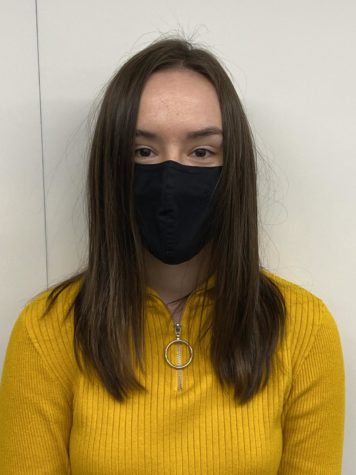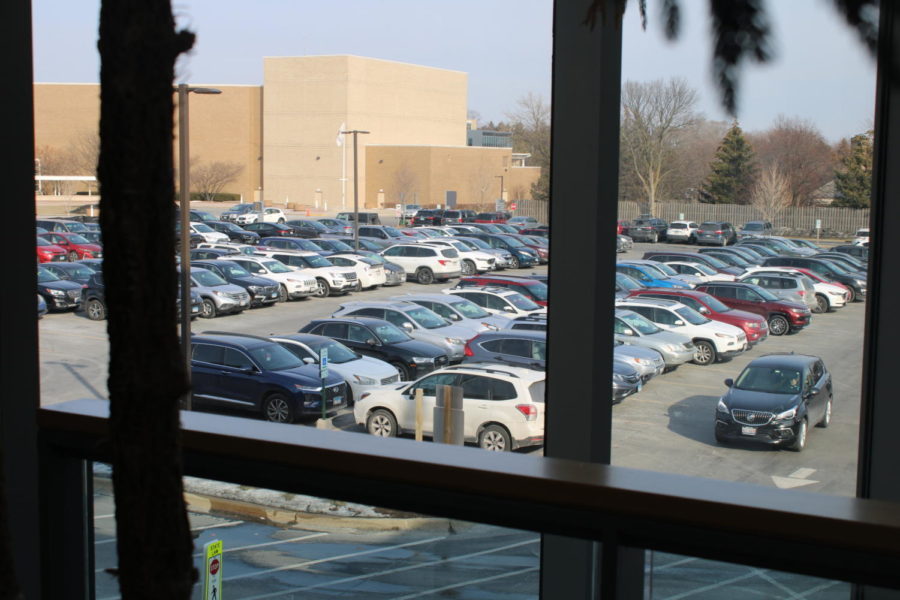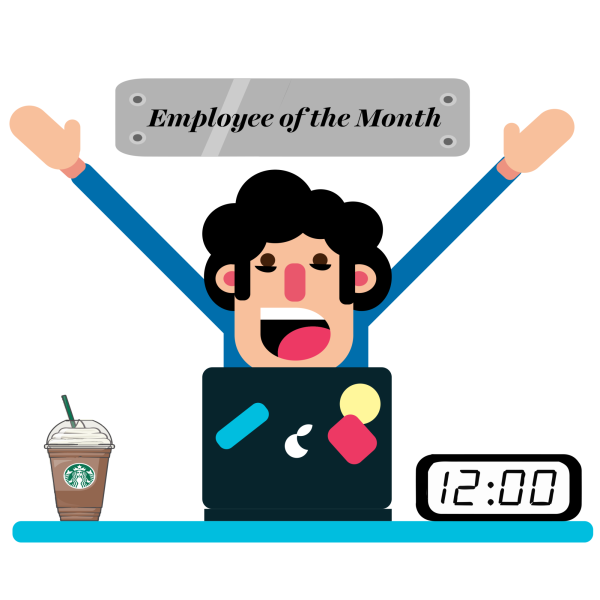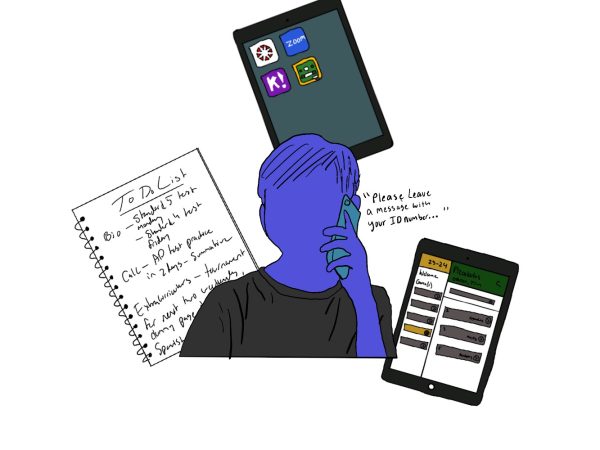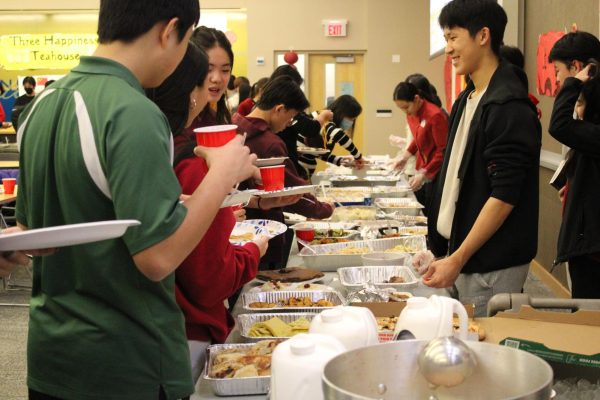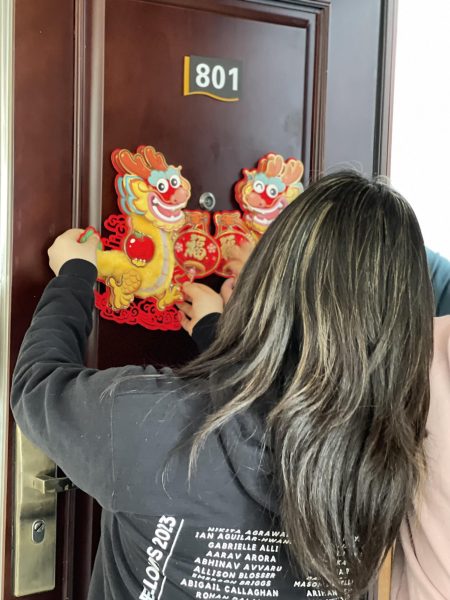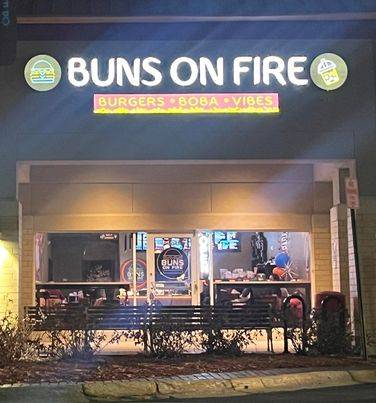Traffic Jam
Closer look at Stevenson’s prevalent traffic problem, potential hope for improvement
As I tried to see past the line of cars snaking from Parking Lot E, my last remnants of hope faded away. Light flurries of snow cascaded from the sky, twirling around my car and painting the ground in a white blanket. The cars in front of me moved at a snail’s pace and the time read 8:20 a.m.
Eventually, I reached my classroom to find only the teacher and one other student present. As I slumped into my seat, I couldn’t help but think about the line of cars and buses extending out of Stevenson at that very moment, filled with students trying to get in.
Students are late to school for a myriad of reasons, but one of the most prominent is traffic issues. Having a school of over 4,000 students but only two entrances is problematic. Weather also plays a varying role in traffic, no matter the season, but it’s impact grows particularly worse during winter.
COVID-19 threw an obstacle in the path of school transportation when it first began nearly two years ago. In a 2021 nationwide survey, 78% of student-transportation coordinators revealed that the school bus driver shortage is getting “much worse” or “a little worse.”
According to Dean Daryl Wallace, 3,200 Stevenson students have requested bus transportation and 50 buses have been assigned to accommodate students who typically ride the bus for the 2021-2022 school year. The low number of buses is a key contributor to the growing traffic problem.
Traffic gets especially troublesome from 8:00 a.m. to 8:30 a.m. and from 3:15 p.m. to 3:45 p.m. According to Assistant Principal Ken Latka. 45-60% of students ride the bus, while 30-45% of students are dropped off. This means that in the span of the busiest 30 minutes, there are potentially 1,200 to 1,800 students getting dropped off at school in addition to the buses. The result: traffic congestion.
A perfect window, or “sweet spot,” fluctuates from day to day between 7:00 a.m. and 8:00 a.m. where traffic is nonexistent, allowing you to slip in at just the right moment. However, try to get in through Port Clinton any later than 8:00 a.m., and you are in for a rude awakening.
To address this problem, Stevenson has currently assigned officers at Port Clinton Road and Stevenson Drive to monitor traffic. While this has certainly helped, the infrastructure issues remain at the root of the problem: the reality is there are too few entrances for too many vehicles.
Given an immediate solution doesn’t exist as physically tearing up the roads and rearranging them is infeasible, the actions of students and faculty at Stevenson must change.
The best solution lies with changing transportation options, such as increasing the number of students taking the bus or carpooling. Reducing the number of vehicles trying to get into Stevenson will help lead to a major reduction in traffic.
Changing patterns in transportation can help reduce the traffic problem, and while it’s not a complete fix, it’s a step in the right direction. At the end of the day, students and staff should be mindful of the traffic problem, weighing it when making the decision of when and how to come to school. If not, students will continue to arrive consistently late and first period classes will begin with only a few students.
In the long run, significant infrastructure improvements are needed. Stevenson will only continue to grow, and something needs to be done to eradicate the traffic problem. As Stevenson keeps expanding, so should the number of entrances.
Until then, students and staff should look to carpool and improve their time management because the one thing that shouldn’t be competitive at Stevenson is the ability to get to school on time.
